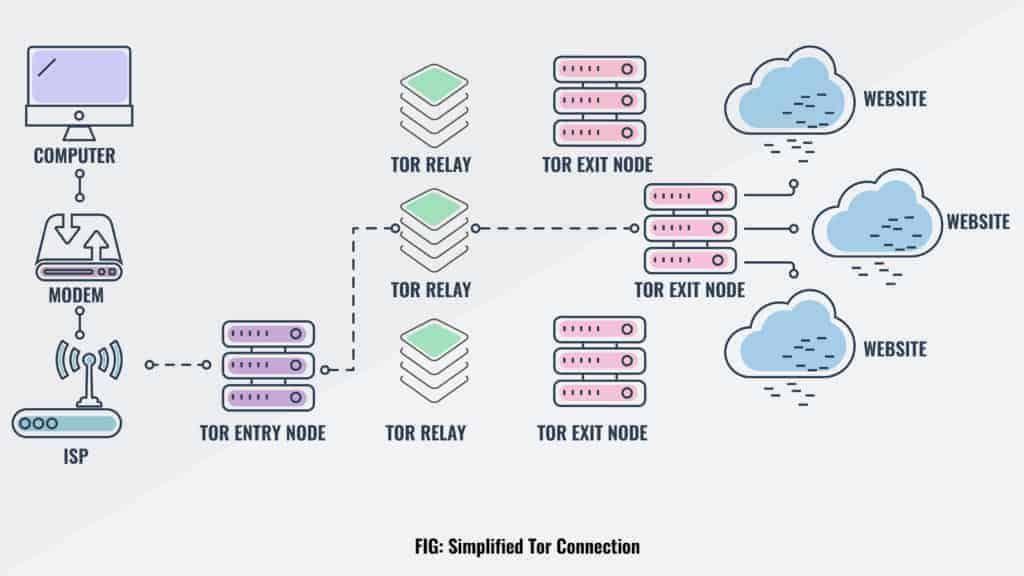

Report, (2021) Verification.io suffers major data breach. Ingram, Facebook says data leak hits 87 million users, widening privacy scandal. Furthermore, we will analyze the loopholes of the TOR network and how we can avoid them while dealing with our privacy and anonymity. This chapter thoroughly explains the TOR network, its components, and how it can help protect our privacy and give promising anonymity. Using the browser bundle of TOR, an extension of Firefox, it is possible to ingress into the TOR network. Hidden services that constitute the TOR network have a plethora of information such as information on Intranet systems, confidential government documents, individual personal accounts, stolen credit cards, and even drug trafficking. Eventually, TOR benefits the user into the Deep Web or DarkNet, which involves journalists, whistleblowers, and political protestors.

TOR is an anonymous and encrypted network, a free and open-source service used for anonymous communication, developed by US Naval Research Laboratory with its core principle, namely “Onion Routing”. However, this need has certain constraints such as being tracked, losing privacy, data theft, and identity theft. Internet services are so much entered into our lives that it is not possible to complete our day-to-day tasks without using them. To restrict the mass surveillance and constant tracking by corporations and government, users are now using anonymous services to host and surf the Internet: The Onion Router (TOR), proxies, and virtual private networks (VPNs). The information which is disclosed or tracked can be beneficial in the advertisement, and tracking metrics can be used to customize the web experience for users by showing related ads. Whenever we surf online, the request and response to and from the server leave a significant quantity of supplementary information that can reveal our real identity, which we intend to hide. With recent advancements, such technologies are constantly and steadily modified to an extent where privacy and anonymity are questionable. The Internet we used to know is drastically evolving with many heavy and on-demand technologies that can cripple traditional Internet services such as reading a blog, watching multimedia, and surfing different web pages.


 0 kommentar(er)
0 kommentar(er)
